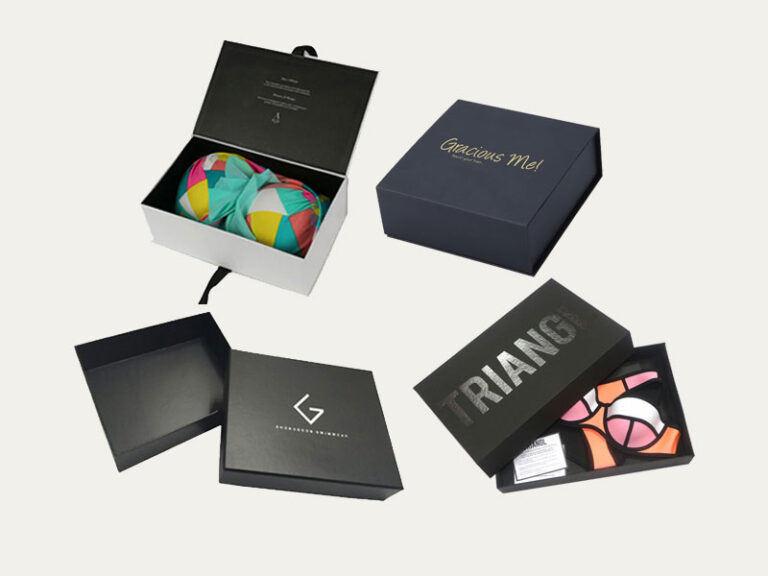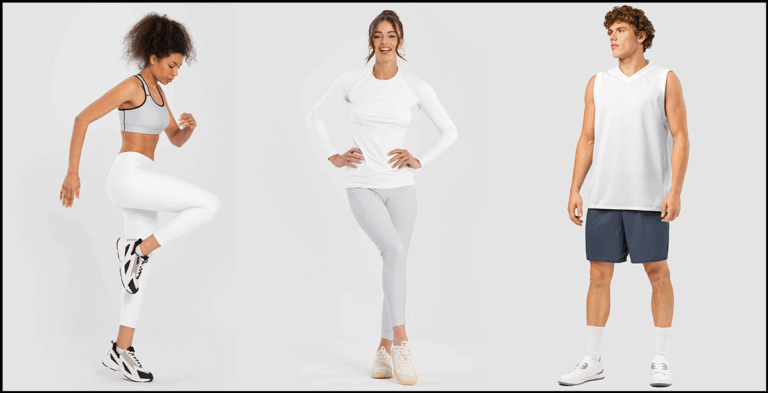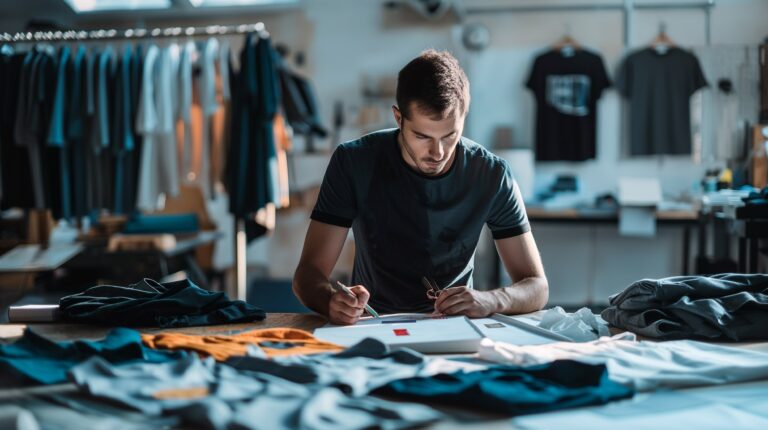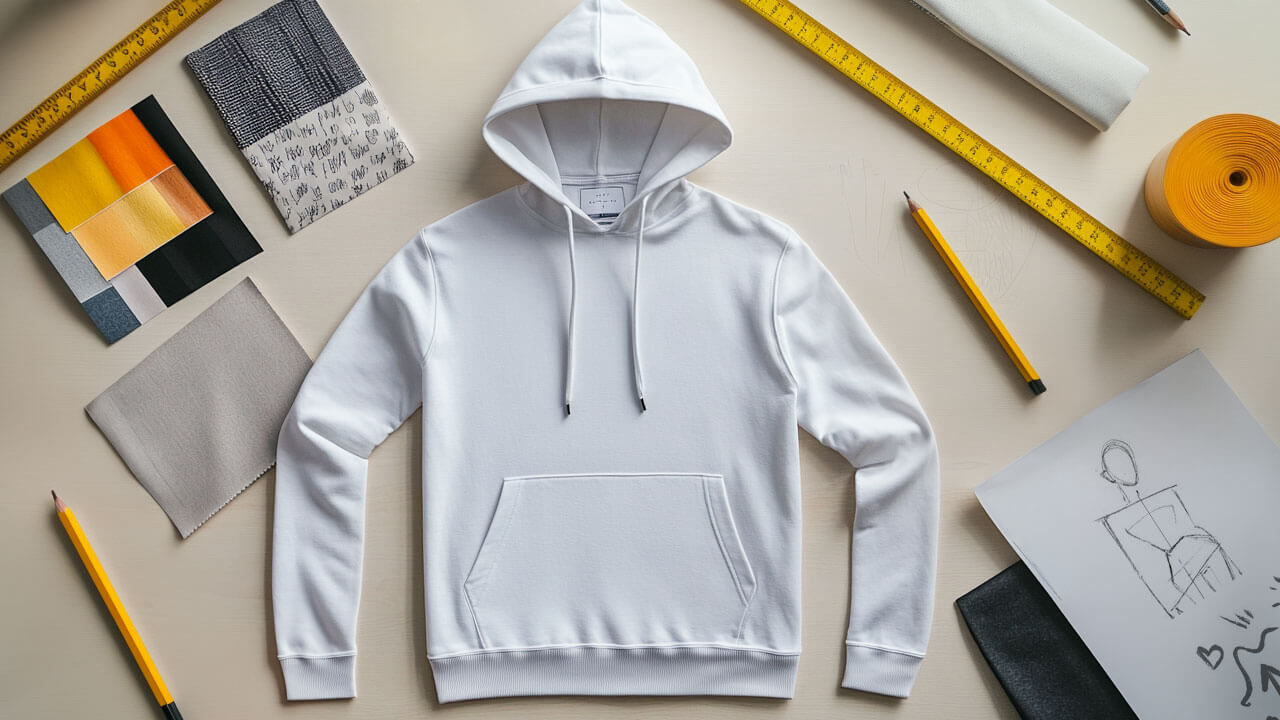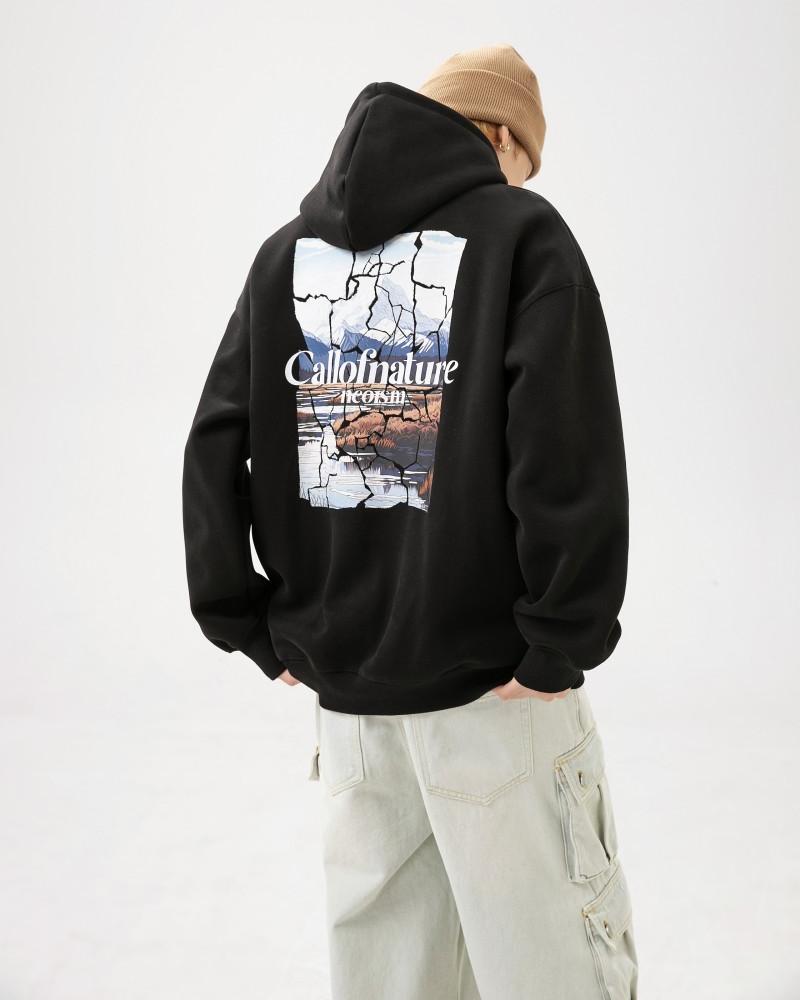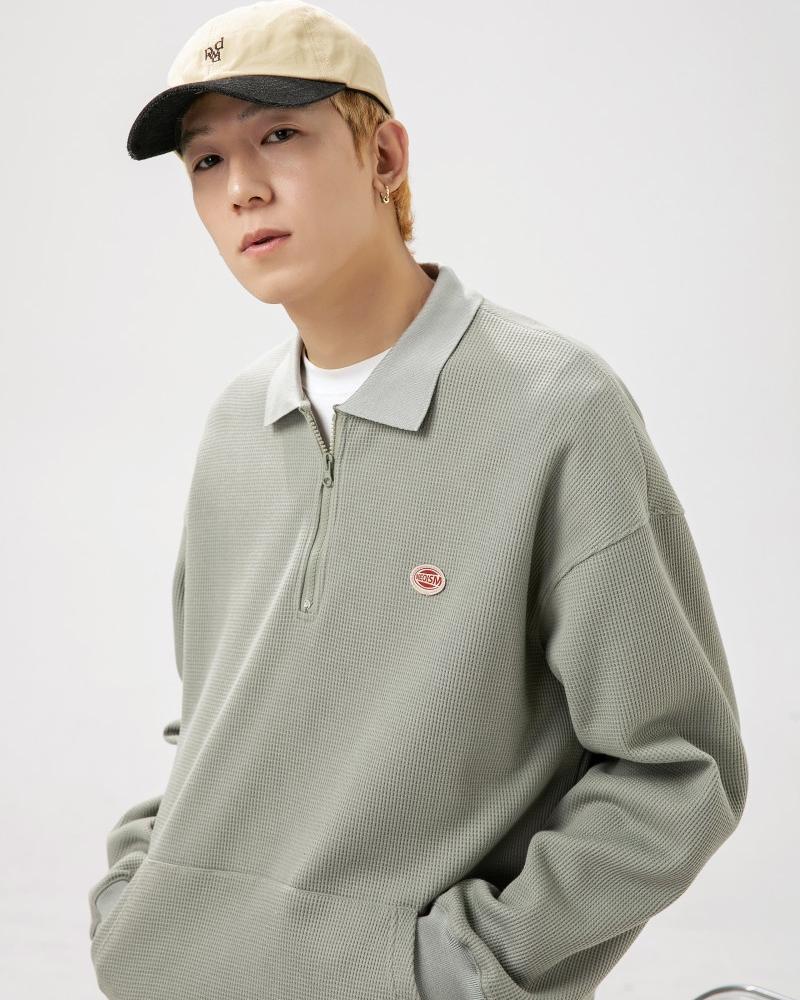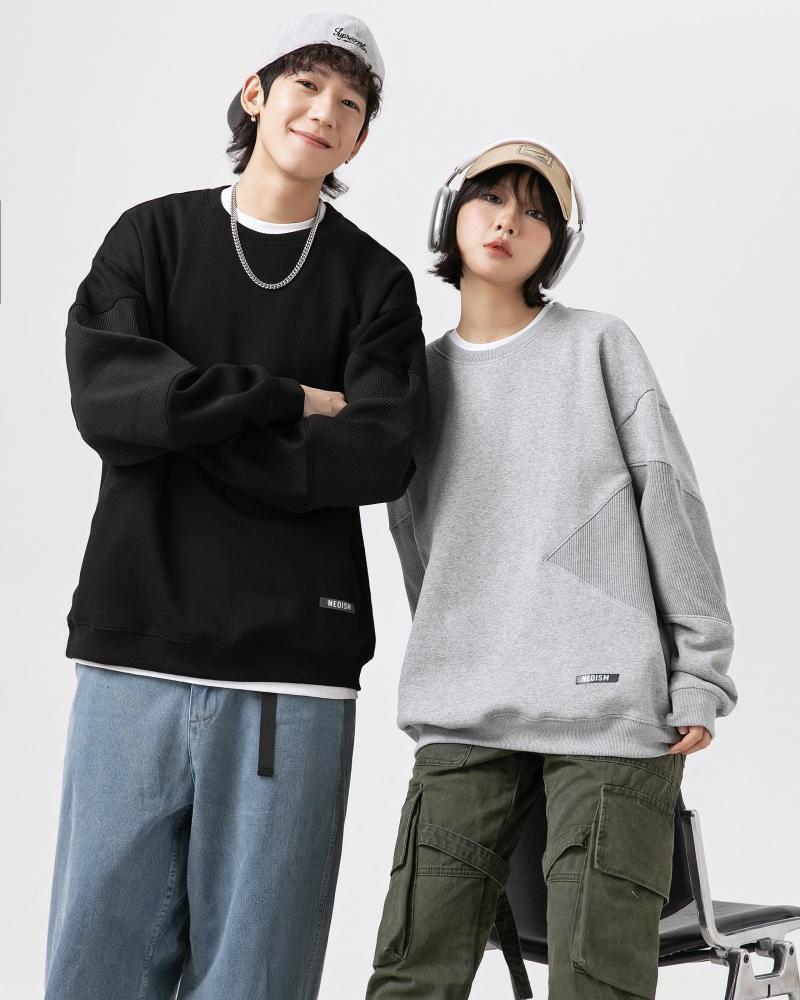-
No. 28, Zhanqian 1st Street, Liuhua Subdistrict, Yuexiu District, Guangzhou City

How to manufacture fabrics?
Table of Contents
Manufacturing fabrics is a complex process that involves several stages,How to manufacture fabrics? from yarn selection to knitting/weaving, dyeing, finishing, and quality control. Here’s a detailed breakdown of how fabrics are typically manufactured, particularly in the context of a knitting mill like the one described for FUSH˚:
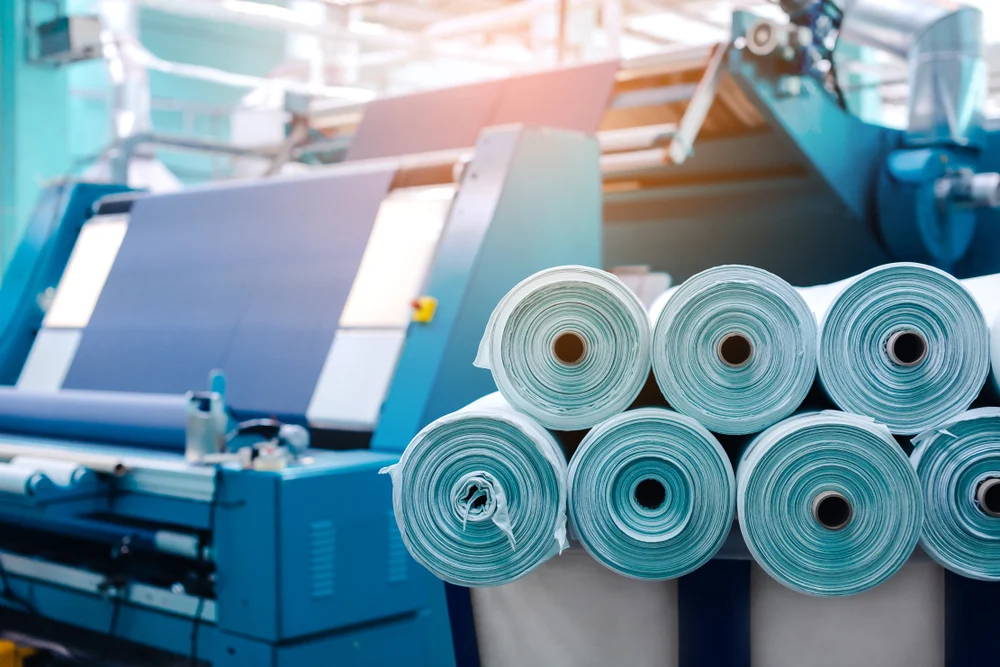
1. Yarn Selection & Preparation
- Yarn Types: Clothing manufacturers source yarns made from natural fibers (cotton, wool, silk) or synthetic fibers (polyester, nylon, spandex). Blended yarns (e.g., cotton-polyester) are also common.
- Yarn Quality: The thickness (count), elasticity, and texture of the yarn determine the fabric’s properties (softness, durability, stretch).
- Pre-treatment: Yarns may be pre-dyed (for solid colors) or treated for moisture-wicking, anti-bacterial properties, etc.
2. Knitting Process (Fabric Formation)
Knitting machines interloop yarns to create fabrics.How to manufacture fabrics? How to manufacture fabrics? The main types used in sportswear/activewear (as mentioned) include:
A. Circular Knitting Machines
- Single Jersey Machines: Produce lightweight, stretchy fabrics (e.g., for T-shirts).
- Jacquard Machines: Create complex patterns (like geometric designs).
- Interlock Machines: Make double-knit fabrics (thicker, less stretchy than single jersey).
- Fleece/Terry Machines: Produce brushed, textured fabrics (for hoodies, sweatpants).
B. Warp Knitting Machines
- Used for fabrics requiring stability and less stretch (e.g., lingerie, technical sportswear).
Common Knit Fabrics Produced
- Single Jersey (basic T-shirt fabric)
- Rib (for cuffs/collars, stretchy)
- French Terry (absorbent, loop-backed—used in sweatshirts)
- 2-Thread Fleece (brushed interior for warmth)
- Ottoman/Bird’s Eye (textured patterns)
3. Dyeing & Finishing
- Dyeing: Fabrics are dyed using techniques like:
- Piece Dyeing (entire fabric dyed post-knitting).
- Yarn Dyeing (yarns dyed before knitting for patterns like stripes).
- Printing: Sublimation, screen printing, or digital printing for designs.
- Finishing Treatments:
- Brushing (for softness, as in fleece).
- Anti-pilling (to reduce fuzz).
- Water-repellent/UV-resistant coatings (for performance wear).
4. Quality Control & Inspection
- Fabric is checked for defects (holes, uneven dye, shrinkage).
- Tests for colorfastness, stretch recovery, and pilling resistance.
5. Advantages of Working with a Manufacturer Like FUSH˚
- Customization: Control over fabric composition, weight, and finish.
- Innovation: Expertise in developing unique knit structures (e.g., seamless tech).
- Speed & Cost: Vertical integration reduces lead times and middleman costs.
- Sustainability: Option to use recycled yarns or eco-friendly dyes.
FAQS
1. What are the main steps in fabric manufacturing?
Yarn selection & preparation (natural/synthetic fibers, pre-treatment)
Knitting/weaving (circular/warp knitting machines)
Dyeing & finishing (piece/yarn dyeing, brushing, coatings)
Quality control (defect checks, performance testing)
2. What types of knitting machines are used?
Circular knitting: Single jersey (T-shirts), jacquard (patterns), interlock (double-knit)
Warp knitting: Stable, less stretch (lingerie, sportswear)
3. What are common knit fabrics?
Single jersey (basic T-shirts)
Rib (stretchy cuffs/collars)
French Terry (absorbent, loop-backed)
Fleece (brushed interior for warmth)
4. How is fabric dyed and finished?
Dyeing: Piece dyeing (post-knit) or yarn dyeing (pre-knit for stripes)
Finishing: Brushing, anti-pilling, water-repellent coatings
Key Takeaway
How to manufacture fabrics? A manufacturer with an in-house knitting mill (like FUSH˚) can offer greater flexibility, quality control, and innovation compared to suppliers who outsource fabrics. For brands focused on performance wear or unique textures, partnering with a knitter is a strategic advantage.
Would you like details on specific fabric types or machinery?


